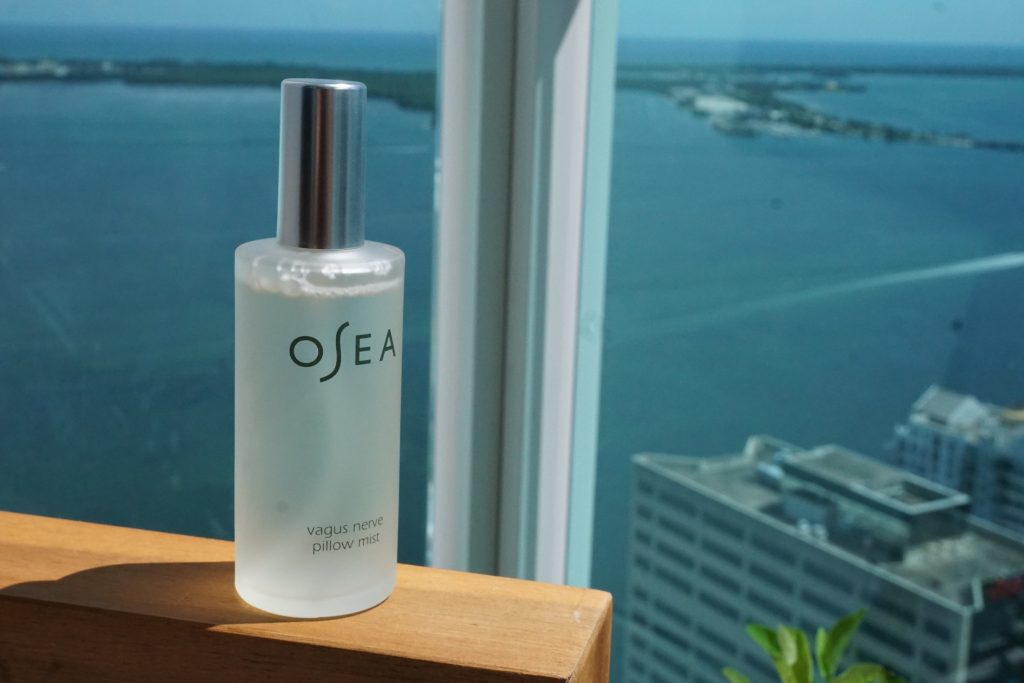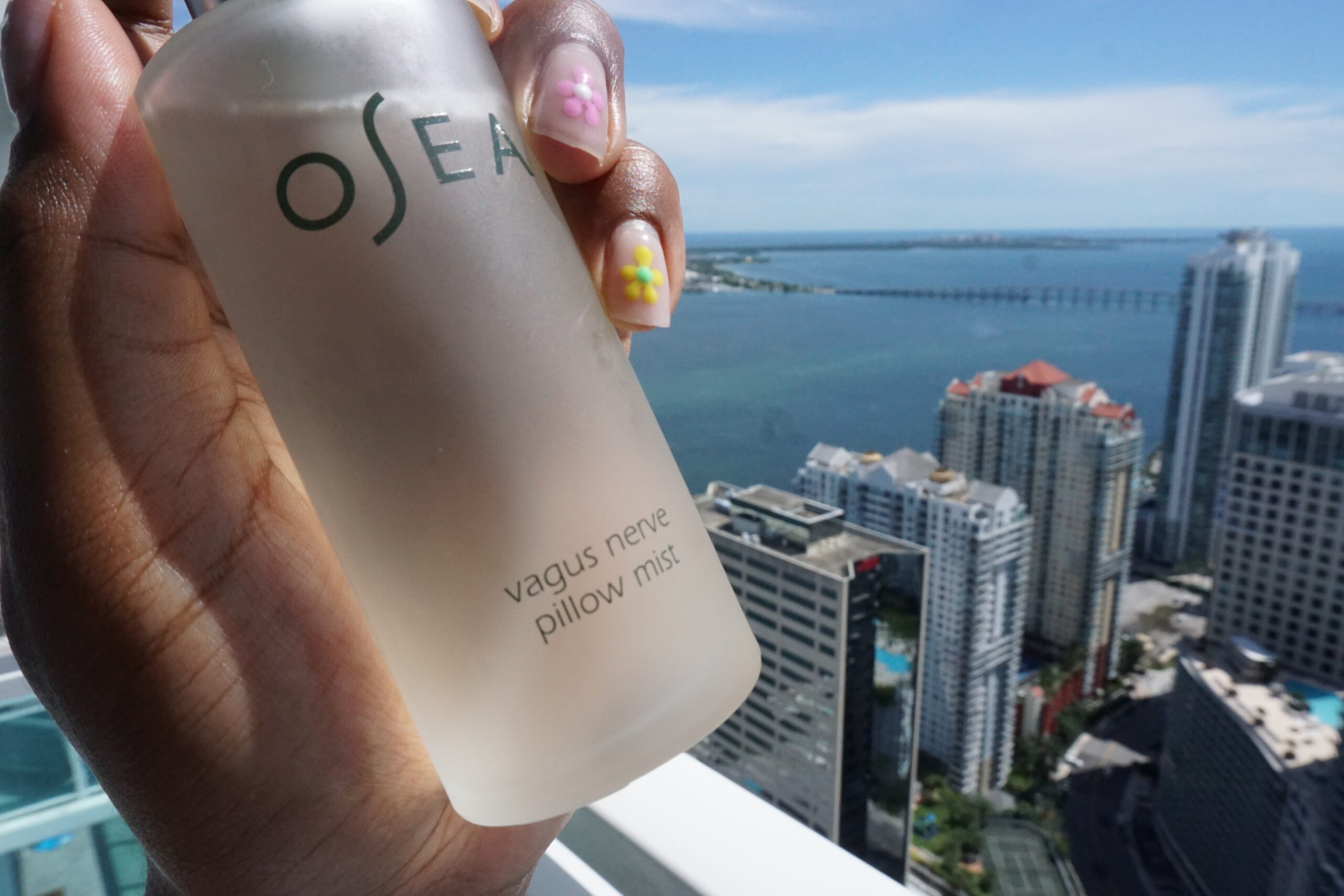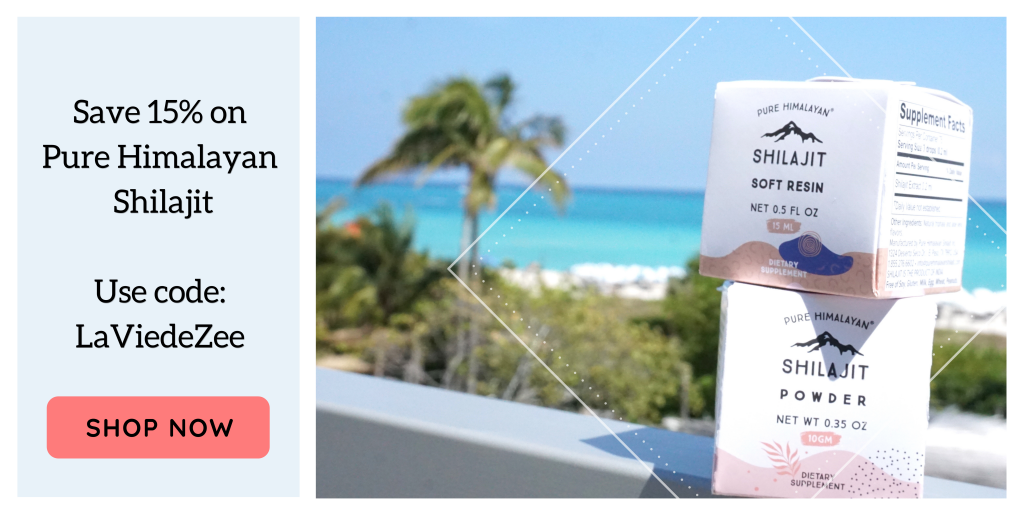Been seeing post after post on the vagus nerve popping up all over your social feeds lately? Me too. After trying a few of the tips I came across, I decided to do a bit of in-depth research on the vagus nerve and how it can affect our emotional health.
The vagus nerve, also called the pneumogastric nerve, is the longest and most complex of the 12 nerves originating at the brain. From the Latin for “wandering”, the vagus nerve extends throughout the body and interfaces with our most vital organs. The vagus nerve is heavily involved in our body’s parasympathetic function. Alertness, blood pressure, relaxation, and digestion are all governed by the parasympathetic nervous system.
So, now we know what the vagus nerve is. What’s next?
TikTok Tip #1
TikTok has (rightly) sorted me into the “self-help/emotional healing” niche. I regularly get lots of great content on breathwork, meditation, etc. One day, I came across a video posted by Frankie Simmons (@heyfrankiesimmons) describing how she managed her anxiety-induced insomnia by placing an ice pack on her chest to ice her vagus nerve. Doing this produced a calming effect that allowed her to go to sleep.
@heyfrankiesimmons happy icing! #internetbigsister #polyvagaltheory #vagusnerve #anxietyrelief #healingjourney #nervoussystemhealth #selfcareroutine
♬ original sound – Frankie Simmons
At the time, I was definitely in need of some calming myself. I was in a lot of pain due to a perforated eardrum (ouch). I went to the refrigerator, grabbed an ice pack, placed it on my chest and waited.
Conclusion: This was actually very helpful for me! I tried it a few times on different days and while the effect was not dramatic, I did feel much calmer after each session.
The science backs it up. The cold activates the cholinergic neurons that are part of the nerve. Stimulating the vagus nerve activates the parasympathetic nervous system, which helps the body regulate itself in to a state of calm. A similar effect can be produced by taking a cold shower. Cold showers have been shown to be an effective treatment for depression due to the activation of the sympathetic nervous system triggered by exposure to chilly temperatures.
TikTok Tip #2
This next video requires no equipment to perform. Therapist Micheline Maalouf (@micheline.maalouf) takes us through a quick exercise involving looking from left to right without moving the neck to stimulate the vagus nerve.
@micheline.maalouf Vagus nerve reset. Make sure you do this for longer than I did (minimum 30 seconds each side) let me know if it helped! #learnontiktok #tiktokpartner
♬ Nuvole Bianche – Yuval Salomon
Conclusion: This one didn’t do as much for me. I followed her instructions, turning my gaze in each direction without moving my neck until I felt a yawn come on. At the end, I felt sleepy (perhaps because I tried it late at night) but not particularly relaxed. I’ll keep this one in my back pocket to try again another time.
Vagus Nerve Products
Plant-based meal purveyor Sakara Life kindly sent me the goodies that came with one of its most recent enhanced meal plans designed to improve sleep. Included with the gifts was a spray by Malibu-based brand OSEA billed as a Vagus Nerve Pillow Mist. The scent is a mixture of lavender and chamomile: perfect for sleepy time.

Conclusion: While I cannot speak to how this mist affected my vagus nerve function, I can say that using it has become my favorite bedtime ritual. I love spritzing it on my pillows each night. It makes me feel like a bougie wellness princess right before I go to sleep. It smells wonderful and calming without being overpowering. It’s a great way to prepare for a night of restful sleep.
More Methods of Regulation
Luckily, there are quite a few ways to regulate the vagus nerve. A short list courtesy of Innis Integrative BodyMind Therapy :
Slow, rhythmic, diaphragmatic breathing.
Splashing cold water on your face, or taking a cold shower, stimulates the dive reflex, which is associated with stimulating the vagus nerve. You can also achieve the same effect by holding a ziplock bag filled with ice cubes against your face and holding your breath. Or submerge your tongue in cold liquid.
Meditating.
Yoga.
Humming, or making a “vooooooo” or “om” sound stimulates the vocal cords and facilitates long, slow, exhalation.
Valsalva Maneuver: Exhale against a closed airway by keeping your mouth closed and pinching your nose while trying to breathe out. It increases the pressure inside of your chest cavity thereby stimulating your vagus nerve.
Prosody, the act of speaking slowly, rhythmically and melodically as if you’re soothing a young child or pet.
Spending time in nature.
Thinking positive thoughts about other people.
Engaging in positive social relationships.
Laughing out loud! I full belly laugh stimulates the vagus nerve and is contagious!
Engaging in prayer.
Mild exercise stimulates gut flow and the vagus nerve.
Massages, even gently massaging around the carotid sinus located on the sides of your neck can stimulate the vagus nerve.
Gargling activates the vagus nerve by activating the muscles in the back of the throat while exhaling slowly.
Courtesy of Innis Integrative BodyMind Therapy
Conclusion
For those of us who have experienced some sort of trauma, regulating the vagus nerve is especially important. Vagal tone, or the measure of activity of the nerve, is a key health indicator. Low vagal tone can signal potential health issues down the line.
For years, I have felt very frustrated by my seeming inability to relax as easily as others. Once I was able to reconcile this with trauma experienced during my childhood, it became a lot easier to treat myself with compassion. Now, I know that there are things I can do to help my body build resilience in response to stressors. Happily, many of the techniques are easy to do, and quite fun.
I hope this post inspires you to try some of these techniques. What are some of your favorites? Let us know in the comments.



